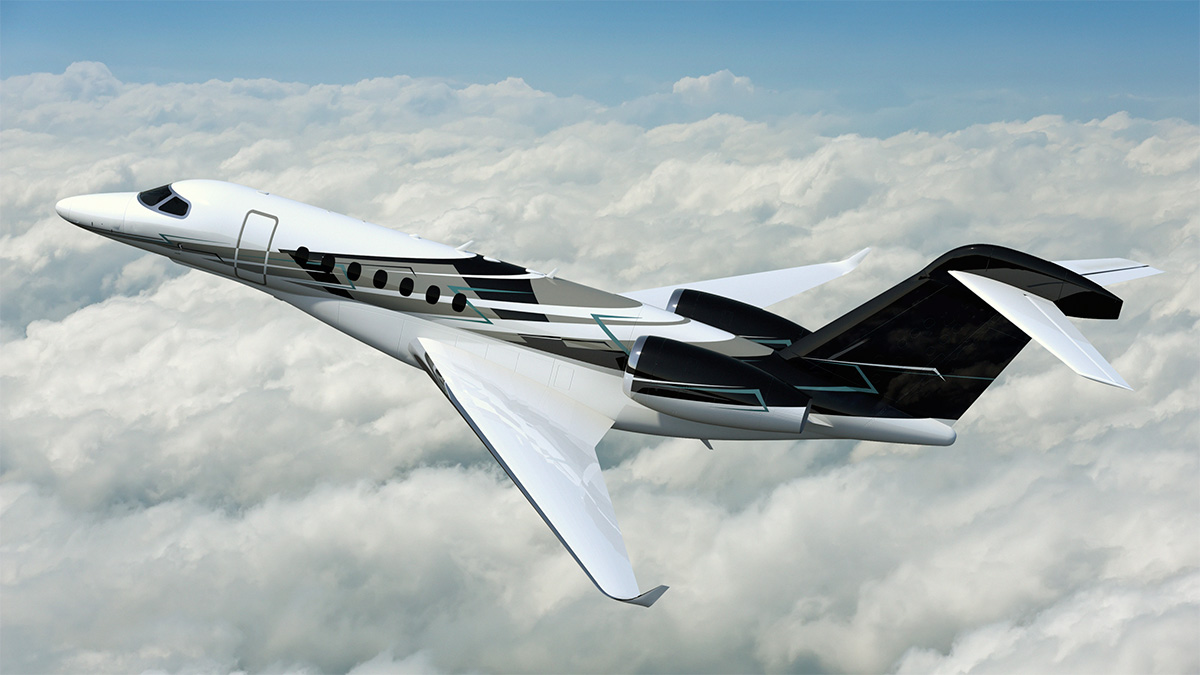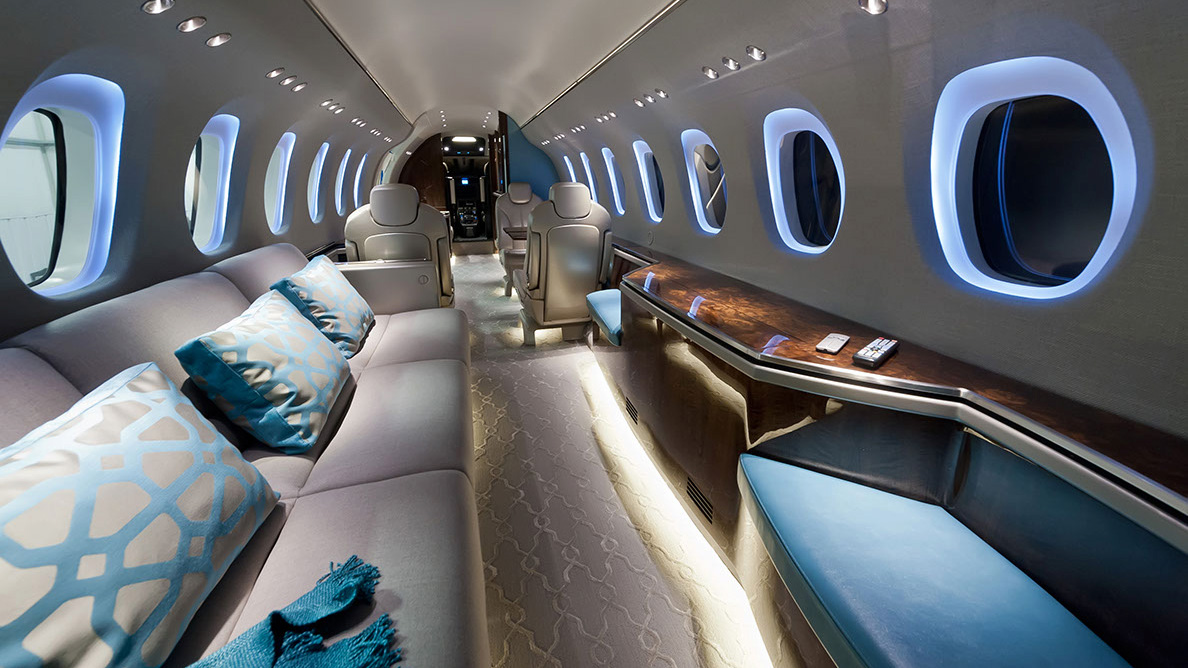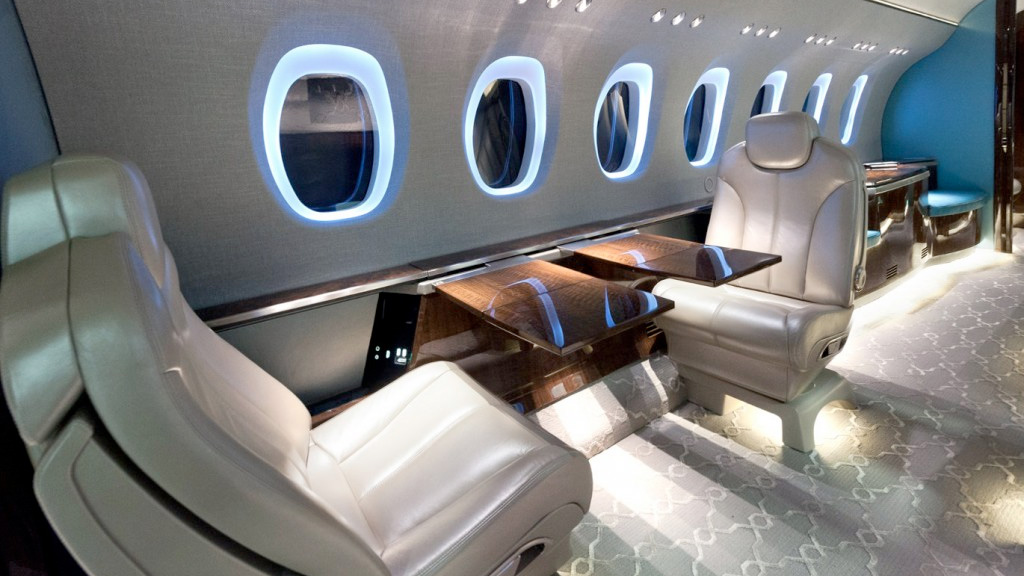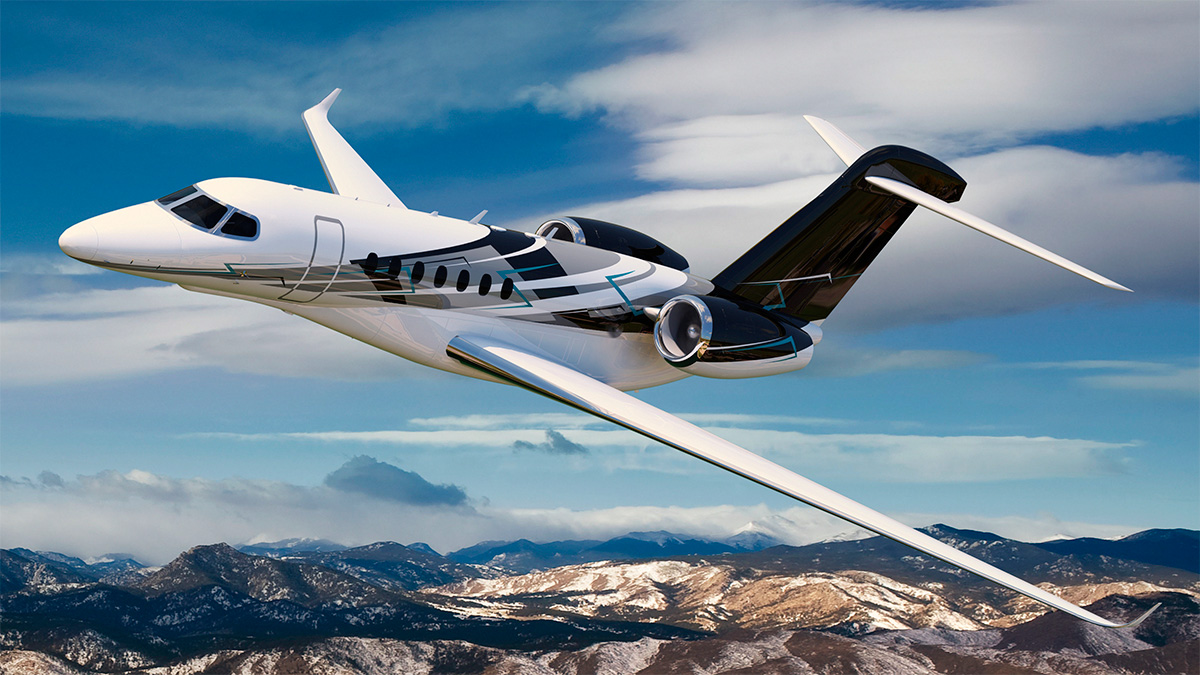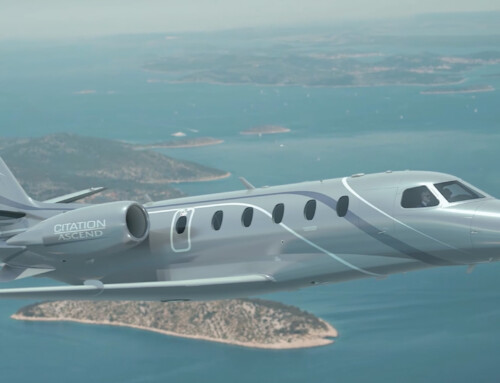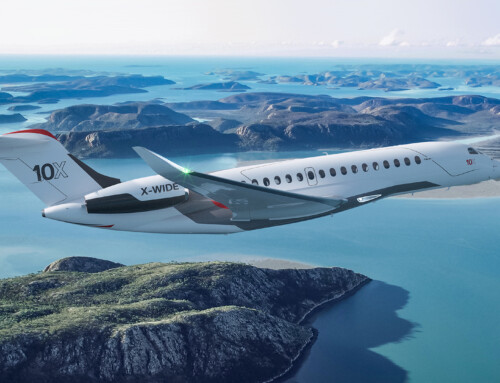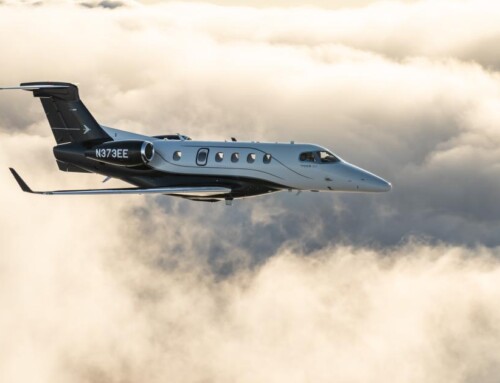Three weeks after the Citation Longitude’s wings were joined with the aircraft’s fuselage, Cessna powered the electrical distribution system on its super-midsize jet.
Both steps are significant milestones in the aircraft’s path to accomplish first flight this summer.
“The power on stage allows our team to begin verifying the aircraft’s electrical power system and paves the way for functional tests and engine runs that will get us to first flight in the coming months,” comments Textron Aviation President & CEO Scott Ernest.
At the 2016 EBACE convention in Geneva, Switzerland, Textron Aviation’s Cessna announced that it has successfully completed the wing and fuselage mate of the first Cessna Citation Longitude.
The milestone occurred only six months after revealing the new aircraft, which is on track for first flight this summer and entry into service in 2017.
“The team has been working diligently to meet a development schedule unmatched in the industry, and it’s rewarding to see the aircraft taking shape,” comments Textron Aviation President & CEO Scott Ernest. “The market is asking for this aircraft.”
The Citation Longitude is designed to seat 12 passengers, while featuring a stand-up, flat-floor cabin with a standard double-club configuration and a walk-in baggage compartment fully accessible in flight. The aircraft’s cockpit features Garmin’s G5000 flight deck and is powered by FADEC-equipped Honeywell HTF7700L turbofan engines with fully integrated auto throttles. Honeywell’s family of HTF7000 engines powers the Bombardier Challenger 300, the Gulfstream G280, and Embraer’s Legacy 500 and 450.
“Cessna needed a flight controls provider that could deliver on the Longitude’s relatively short development schedule, and we were able to bring a low-risk solution that met their needs,” says Rockwell Collins Flight Controls and Information Systems VP & General Manager Greg Irmen.
The horizontal stabilizer trim reduces drag and trims the aircraft for optimal efficient flight, through a dual-load-path design that provides two independent attachment points between the horizontal stabilizer and the airframe for added safety. The flap actuator system extends and retracts the trailing-edge flap system, which is used to increase lift during slow flight.
The clean-sheet Citation Longitude offers the lowest cabin altitude in its class at 5,950 ft. With seating for up to 12 passengers, the Longitude features a stand-up, flat-floor cabin with a standard double-club configuration and a walk-in baggage compartment fully accessible in flight.

 Hawker-Beechcraft Hawker 400XP
Hawker-Beechcraft Hawker 400XP Cessna Citation V
Cessna Citation V Beechcraft Premier IA
Beechcraft Premier IA Beechcraft King Air 350
Beechcraft King Air 350



